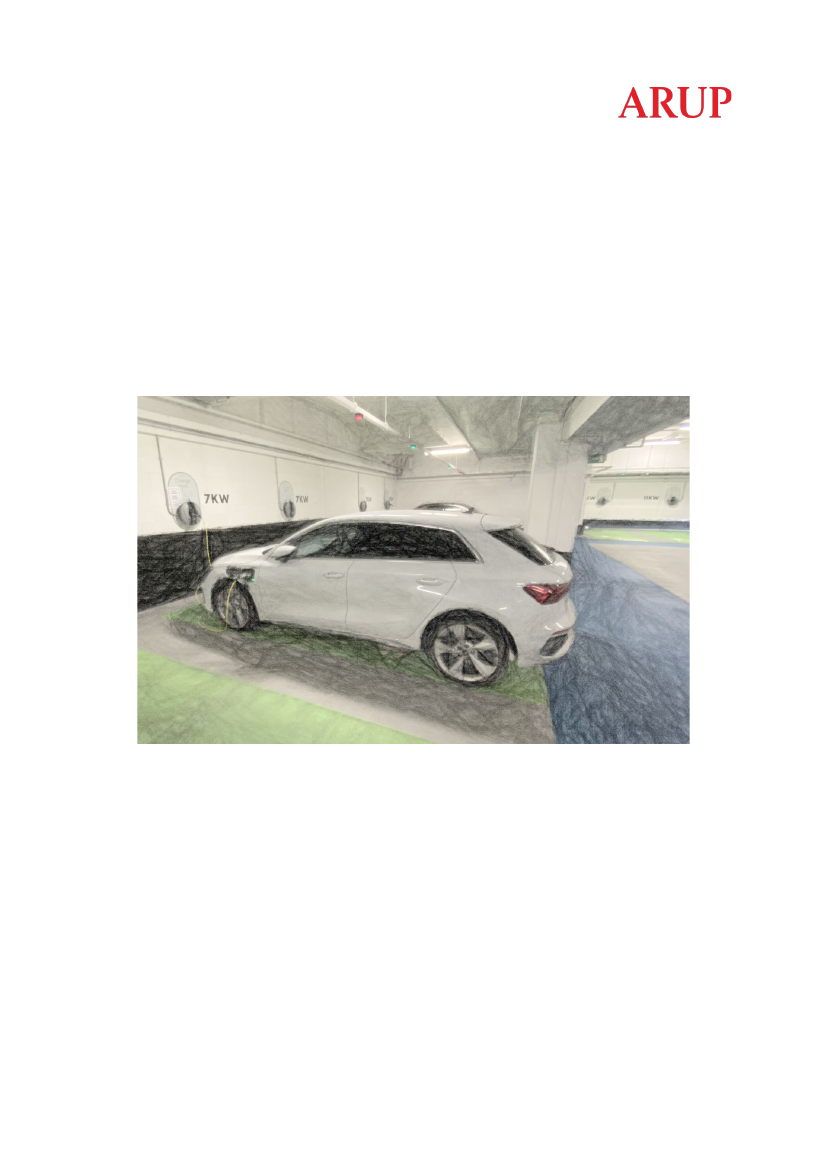
s 49
m
Office for Zero Emission Vehicles (OZEV)
T0194 – Covered car parks - fire safety
guidance for electric vehicles
Interim guidance to support parking and/or charging of electric vehicles and
the installation of electric vehicle chargepoints in covered car parks
Issue | July 2023
| Issue | July 2023 | Ove Arup & Partners Limited